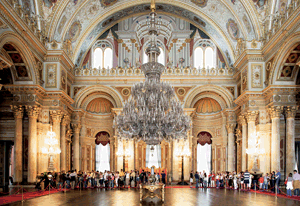Dorling Kindersley Limited
The Penguin Group
Published by the Dorling Kindersley Limited,
80 Strand, London WC2R 0RL
LONDON, NEW YORK,
MUNICH, MELBOURNE, DELHI
Dorling Kindersley Limited, Registered Offices: 80 Strand,
London WC2R 0RL, England
www.dk.com
First Published in paperback in 2007 by Dorling Kindersley Limited. ISBN: 9781405360906
Copyright 2007, 2011 Dorling Kindersley
This Digital Edition published 2011. ISBN: 9781405372381
Digital conversion prepared by DK Digital, London and DK Digital Media, Delhi.
No part of this publication may be reproduced, stored in a retrieval system,
or transmitted in any form or by any means, electronic, mechanical, photocopying, recording, or otherwise, without the prior written permission of the copyright owner.
The information in this DK Eyewitness Top 10 Guide is checked regularly. Every effort has been made to ensure that this e-book is as up-to-date as possible. Some details, however, such as telephone numbers, opening hours, prices, gallery hanging arrangements and travel information are liable to change. The publishers cannot accept responsibility for any consequences arising from the use of this guide, nor for any material on third party websites, and cannot guarantee that any website address in this e-book will be a suitable source of travel information. We value your views and suggestions very highly. Please mail us at: ebooks@dk.com |

Highlights of Istanbul
Istanbul is one of the greatest cities the world has ever known. Inhabited for at least 5,000 years, it was capital of two of the worlds most powerful empires those of the Byzantines and the Ottomans and its every stone is steeped in history. The highlights are easy; you can cover the major attractions in the first couple of days. But after that, the choice can be overwhelming, especially as this ancient city is reinventing itself once more as a modern centre for nightlife, food and shopping. The only answer is to come back again and again. If you do, this endlessly fascinating city will certainly reward you.
1.
2.
3.
4.
5.
6.
7.
8.
9.
10.
 Topkap Palace
Topkap Palace
A palace fit for a sultan, several wives, hundreds of concubines and thousands of retainers, the was not only a royal residence, but also the Ottoman Empires centre of government.
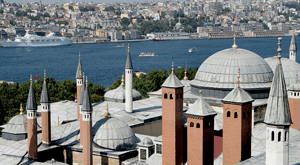
Topkap Palace
 Haghia Sophia
Haghia Sophia
One of the greatest icons of the Christian church, has stood for 1,500 years a miraculous feat of design and engineering that has survived fire, war and earthquake, and outlived two great empires.
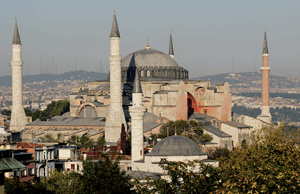
Haghia Sophia
 Blue Mosque
Blue Mosque
Sultan Ahmet Is great mosque is one of the worlds most famous religious buildings blue on account of the delicately patterned znik tiles which adorn the interior (see ).
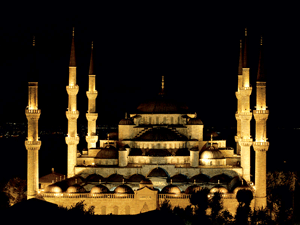
Blue Mosque
 Archaeological Museum
Archaeological Museum
Turkeys world-class national collection, which remarkably was begun only in the mid-19th century, contains ancient treasures from across the length and breadth of the Ottoman Empire and beyond, including artifacts from Babylon, Syria, Egypt, Greece, Rome and Persia (see ).

Archaeological Museum
 Grand Bazaar
Grand Bazaar
More mall than market since its last restoration, the remains a true Turkish delight, a shopaholics colourful fantasy that is also a photographers dream. Whether you are after a Hereke carpet or a pair of silk slippers, you will be satisfied here in the bazaar at the western end of the Silk Road.
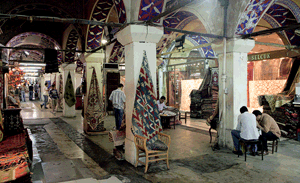
Grand Bazaar
 Sleymaniye Mosque
Sleymaniye Mosque
Sultan Sleyman I, the Ottomans greatest emperor, and Sinan, the empires most talented architect, created more than 400 buildings together. This imposing mosque is their masterwork (see ).
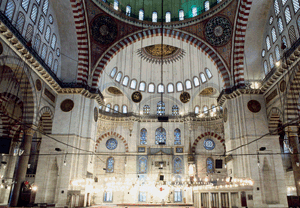
Sleymaniye Mosque
 Church of St Saviour in Chora
Church of St Saviour in Chora
With more than 100 profoundly beautiful early-14th-century mosaics and frescoes of biblical scenes, this church is one of the greatest of Istanbuls many Byzantine treasures (see ).
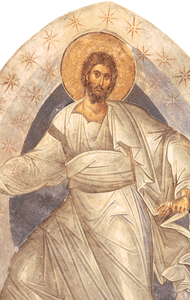
Church of St Saviour in Chora
 emberlita Baths
emberlita Baths
The perfect way to recuperate from an overdose of sightseeing is to steam gently beneath the marble domes of a traditional Turkish bath before allowing an attendant to massage those aching feet. The experience is cleansing, cultural and reviving (see ).

emberlita Baths
 Dolmabahe Palace
Dolmabahe Palace
This 19th-century Occidental fantasy was a key component in the downfall of the Ottoman Empire. Sultan Abdl Mecits decision to build a lavishly opulent European-style palace almost bankrupted the Treasury, and in the end could be financed only by foreign loans (see ).

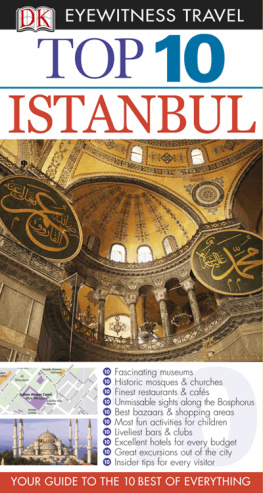
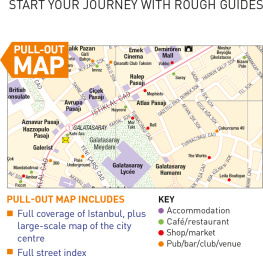
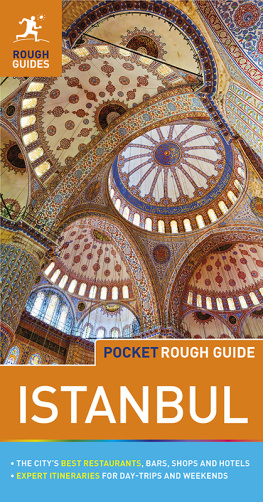
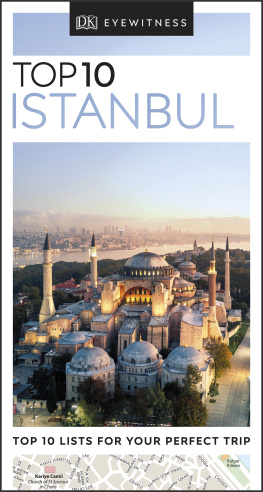
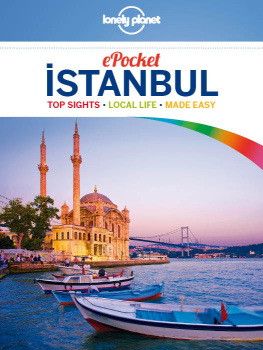

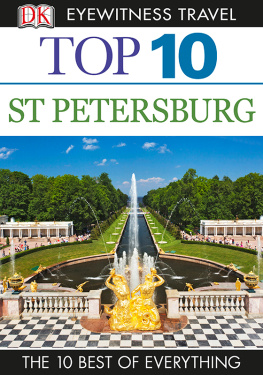

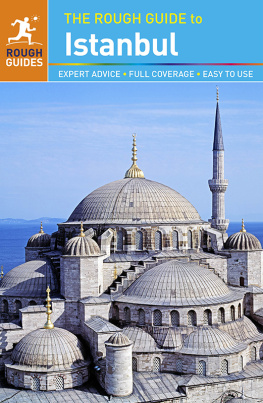
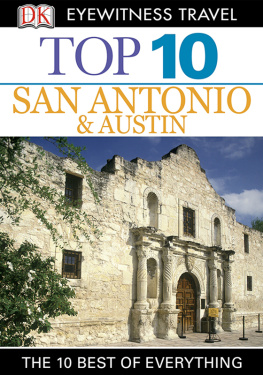
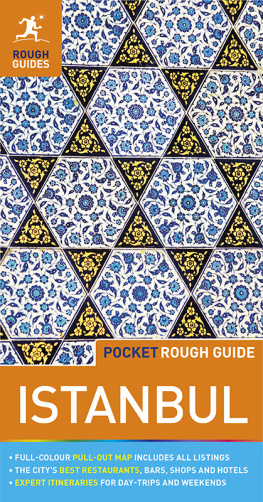


 Highlights of Istanbul
Highlights of Istanbul
 Topkap Palace
Topkap Palace
 Haghia Sophia
Haghia Sophia
 Blue Mosque
Blue Mosque
 Archaeological Museum
Archaeological Museum
 Grand Bazaar
Grand Bazaar
 Sleymaniye Mosque
Sleymaniye Mosque
 Church of St Saviour in Chora
Church of St Saviour in Chora
 emberlita Baths
emberlita Baths
 Dolmabahe Palace
Dolmabahe Palace